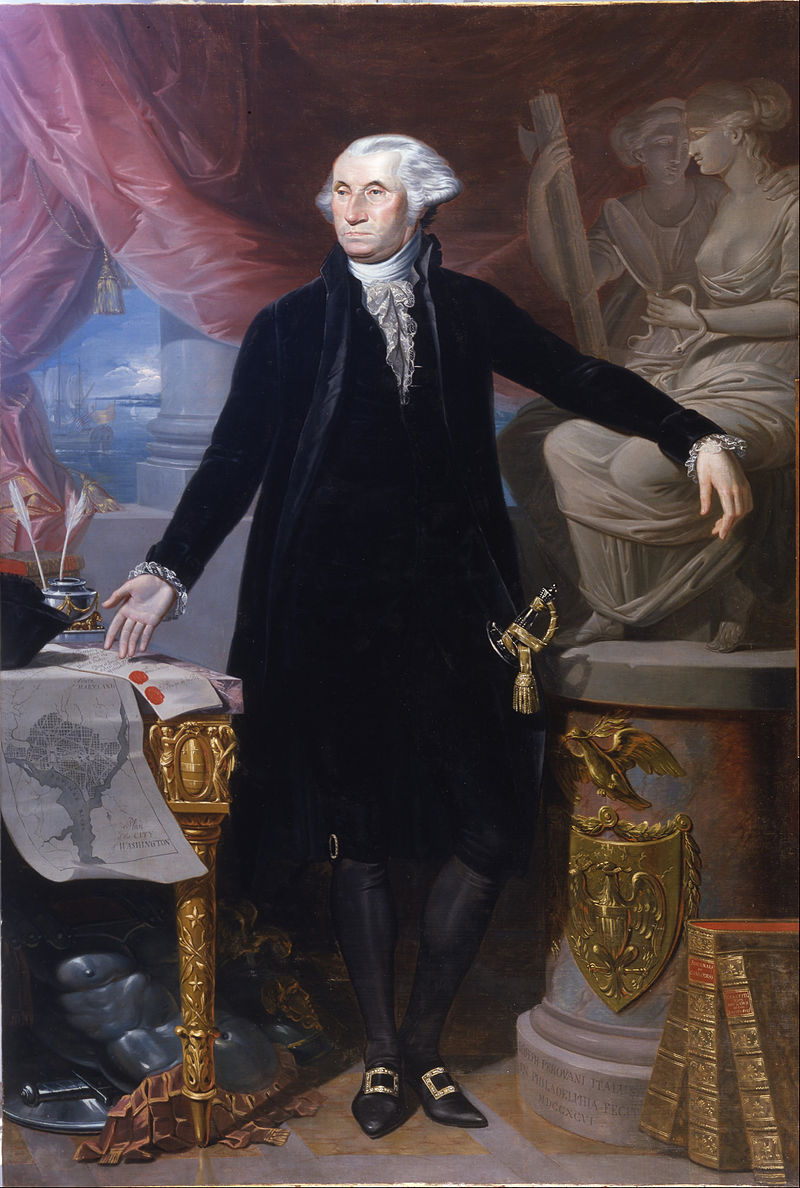Emanuel Leutze was a German-born nineteenth-century American
painter who immigrated to the United States as a child. He is best known for
his painting Washington Crossing the Delaware (1851), He has
strong feelings towards what the American cause stood for during the revolution
and what George Washington was able to do in the war. His home of Germany
in the few years leading up to this painting being completed was in a state of
civil unrest and revolutions that broke out all across Europe. The Politician's
in Germany were not doing right on behalf of their citizens and Leutze coming
from there knew this too well. The people were not unified and demonstrated popular
discontent with the traditional, largely autocratic political structure of the
government. His painting of Washington Crossing the Delaware and
Washington Rally the Troops at Monmouth show a revolutionary. They show a
strong leader that commanded change. He did not paint him as a politician. Most
other paintings we find of George Washington show him not on the battlefield.
They are portraits. Some show him in his battlefield garb and in the position of
general, but not in action. Leutze emphasizes the warrior and most other
artists emphasize the Politician.
Emanuel Leutze, Washington Crossing the Delaware, 1851, Oil on Canvas, 12ft. 5in x 21ft. 3in, Metropolitan Museum of Art, Accession number: 97.34.
Leutze’s most famous painting depicting the turning
point in the American Revolution, Washington’s attack on the Hessians at the
battle of Trenton on December 25, 1776. He depicts him with his soldiers and
face pointed towards to impending battle. He is fully garbed for war and has his
sword on his side. He and his men are in a full charge toward the task ahead.
There would be no stopping them. Leutze shows him with the people making
change for the colonies.
Leutze, Washington Rallying the Troops at Monmouth, 1853-54, Oil on Canvas, 156 x 261 in., Berkeley Art Museum.

Leutze Depicts here Washington rallying his men a battle
against the British. The continentals at the battle of Monmouth were in
shambles. They were retreating and defeat was imminent. However, Leutze
captures the moment Washington comes and encourages the troops to press on. He
gathers them for a charge against the British lines with sword drawn and they
are victorious. He shows Washington here as a revolutionary. He is shows him as
a successful leader of the oppressed.
Charles Wilson Peale, George Washington, 1778-1781, oil on canvas, 95 x 61 3/4 in.
On January 18, 1779, the Supreme
Executive Council of Pennsylvania passed a resolution commissioning a portrait
of George Washington and the artist Charles Wilson Peale was chosen to do the
work. Peale traveled to the Princeton and Trenton battlefields in February
of 1779 to make sketches for the background. Peale shows him in his
army uniform seemingly relaxed. He is leaning up against a cannon after the
Battle of Trenton, the turning point of the war.
Giuseppe Perovani, Portrait of George Washington, 1796, Oil on canvas, 29 x 23 3/4 in.

Washington is dressed not as a soldier, but as politician of
the time. He has on black jacket, stockings, ruffles protrude from his neck and
out his sleeves. His plans for the future of the country lie on a golden table
and statues can be seen over his shoulder and under the table. The books are
golden embroidered and the crest under the statue is as well. However,
holstered beside his pants he still holds onto the past. Guiseppe shows what he
once was. We see a quill in the background on the table. This instead of his
sword will be his new weapon of choice.
Gilbert Stuart, George Washington, 1796, Oil on canvas, 97 1/2 x 62 1/2 in
This painting by Gilbert Stewart shows Washington as the
president. He wears a nice long black overcoat with frills coming out of the
sleeves. We see gold table and satin chair showing his new status and where he
has come. In addition, His arm is outstretched in a power pose reiterating his
new powerful status as leader of the country. Again, He still holds
on to a sword alluding to his past, and again in the background is a quill,
which like in Perovani’s work shows a transition in his life.
.
That's interesting and weird to see all the different poses of George Washington.
ReplyDeleteAwesome! I enjoy seeing direct connections in artworks so this is well done with that! It also helps us realize that there are more ways than one of perceiving a person of history like George Washington.
ReplyDelete